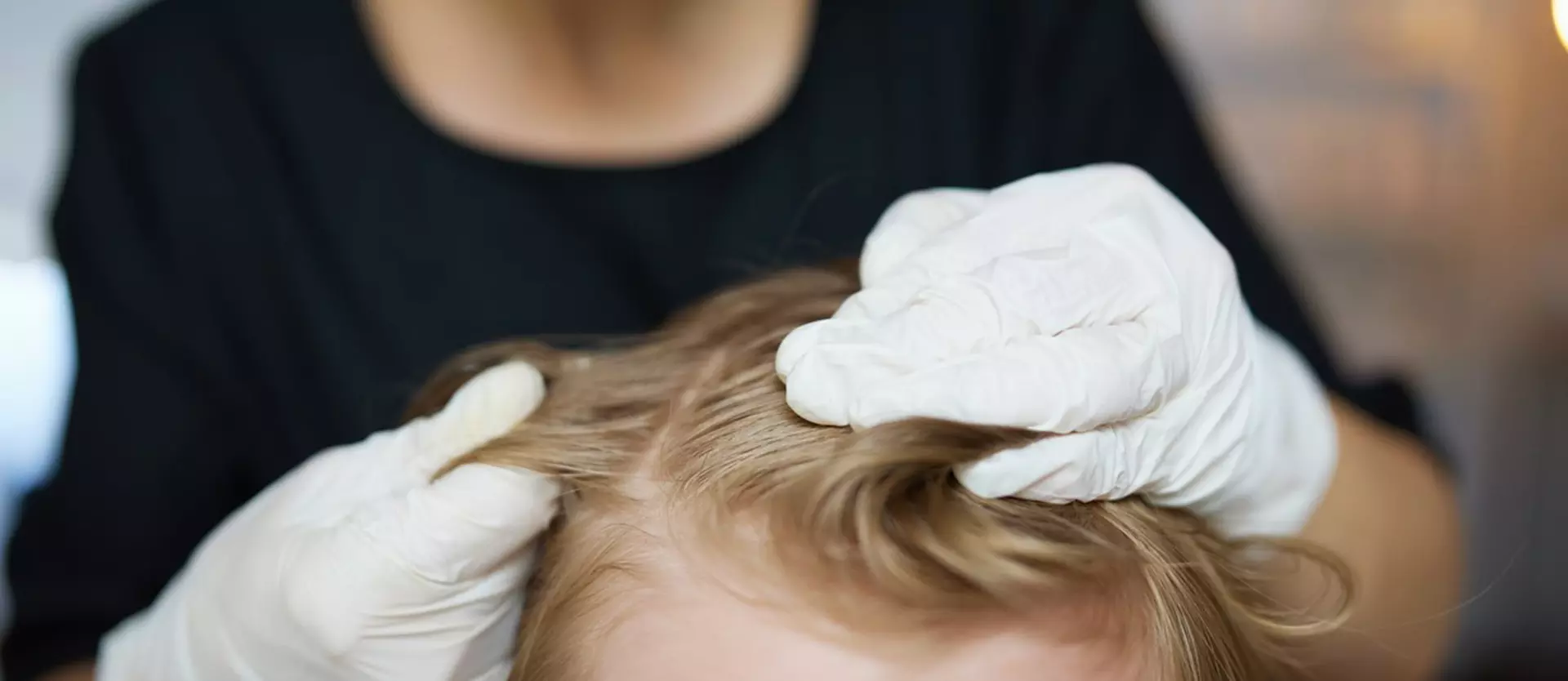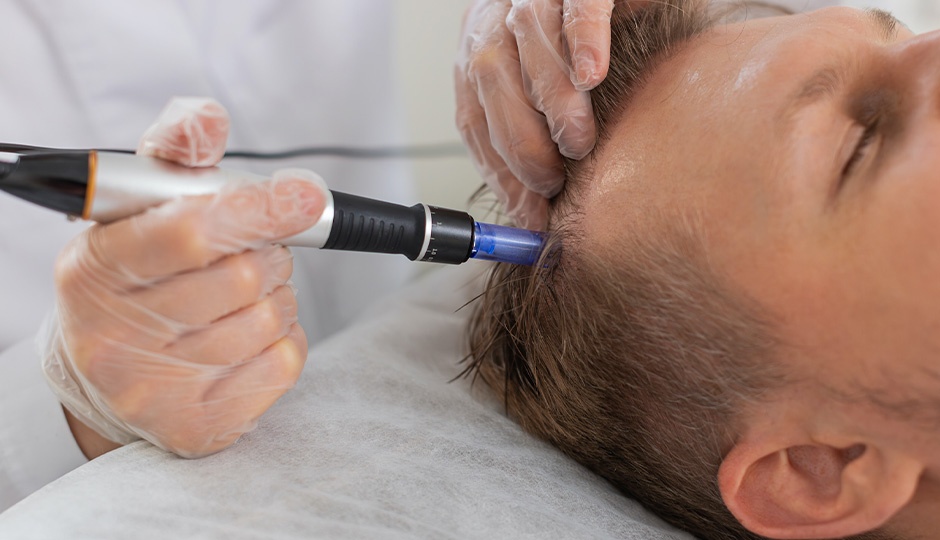We know that our skin has nerve endings, and that the nerve endings surrounding our hair follicles can sense touch. Yet this research indicates that the hair follicles themselves can also sense touch.
Who Conducted the Study?
Researchers at Imperial College London, England, were involved in the study. They found the outer root sheath of the hair does indeed have receptors that are sensitive to touch. In fact, the researchers discovered that the outer root sheath (or ORS, to keep things simple from this point on) has more of these receptors than the skin cells that perform the same role. Put simply, the ORS of your hair can sense touch more than the skin surrounding that hair.
What Does This Mean?
Well, it’s far too early to do anything more than speculate. However, the research has indicated that the outer sheath of the hair root can only sense light touch. If you think about it, you can feel the hairs on your arms moving around if you have bare arms and it’s breezy out. You might have thought that was just the hairs moving against your skin, but given this discovery, maybe it means more? Maybe what you’re feeling is the light touch indicated by the ORS? You may not be able to tell the difference between the two, after all.
They Made Another Associated Discovery, Too.
The cells in the ORS released serotonin and histamine during this process. Histamine can cause a range of allergic symptoms, depending on where it affects an individual. In the case of the skin, it can produce itching – if you suffer from eczema, you’ll know what that’s like.
As part of the research, they conducted an identical experiment, but this time used skin cells rather than those derived from the hair follicles. The researchers noted the release of histamine in this case too – but hardly any serotonin. So, clearly there is a difference between what skin cells around a hair follicle do, and what the cells in the outer hair sheath of those follicles do. The question is, why is there a difference and what might it mean for hair treatments and skin treatments in the future?
Pondering the Potential for Future Discoveries
It’s obvious that hair follicles work differently to the skin cells around them, given the scope of this study thus far. We’re wondering whether this might prove to be the first step toward other discoveries – ones that might reveal answers that could help those suffering from scalp conditions or indeed other skin conditions that could be affected by the hair elsewhere on their body.
But for now, it’s fascinating to know that while we thought we understood our sense of touch, it seems we’ve always had this ‘new’ way of sensing it – we just didn’t realize.
It does make you wonder though, doesn’t it? Most of us enjoy brushing our hair (at least once we get beyond the toddler years). It feels good to brush it if we don’t have too many knots to deal with. Could it be that we’re not just feeling the effects on our scalp, but in the hair roots themselves too? It seems so.
We find studies like these to be fascinating. Could it change the way we approach hair styling in future? Could it lead to new discoveries that could help someone manage a scalp condition? We hope so, and we’re certainly going to stay in touch with news on this topic to see if they find out more about the role of that outer root sheath.
But hey, next time you get that feeling that you’ve slept on your hair wrong (I’m sure you’ve had that before…), think about this study. It might be that you’re feeling it through those roots as well as your skin. A quirky thought, don’t you think?
If you're experiencing hair loss, reach out to the team at UHC for a free consultation.






